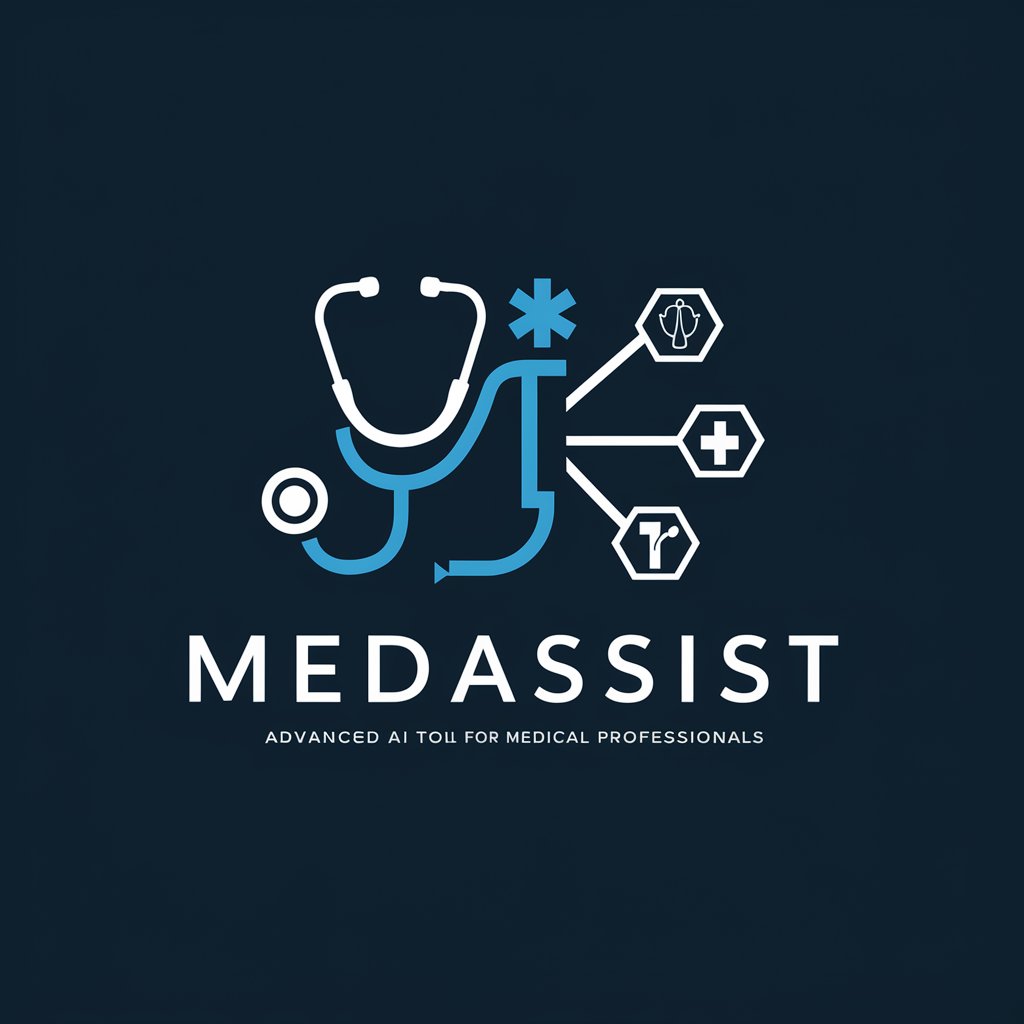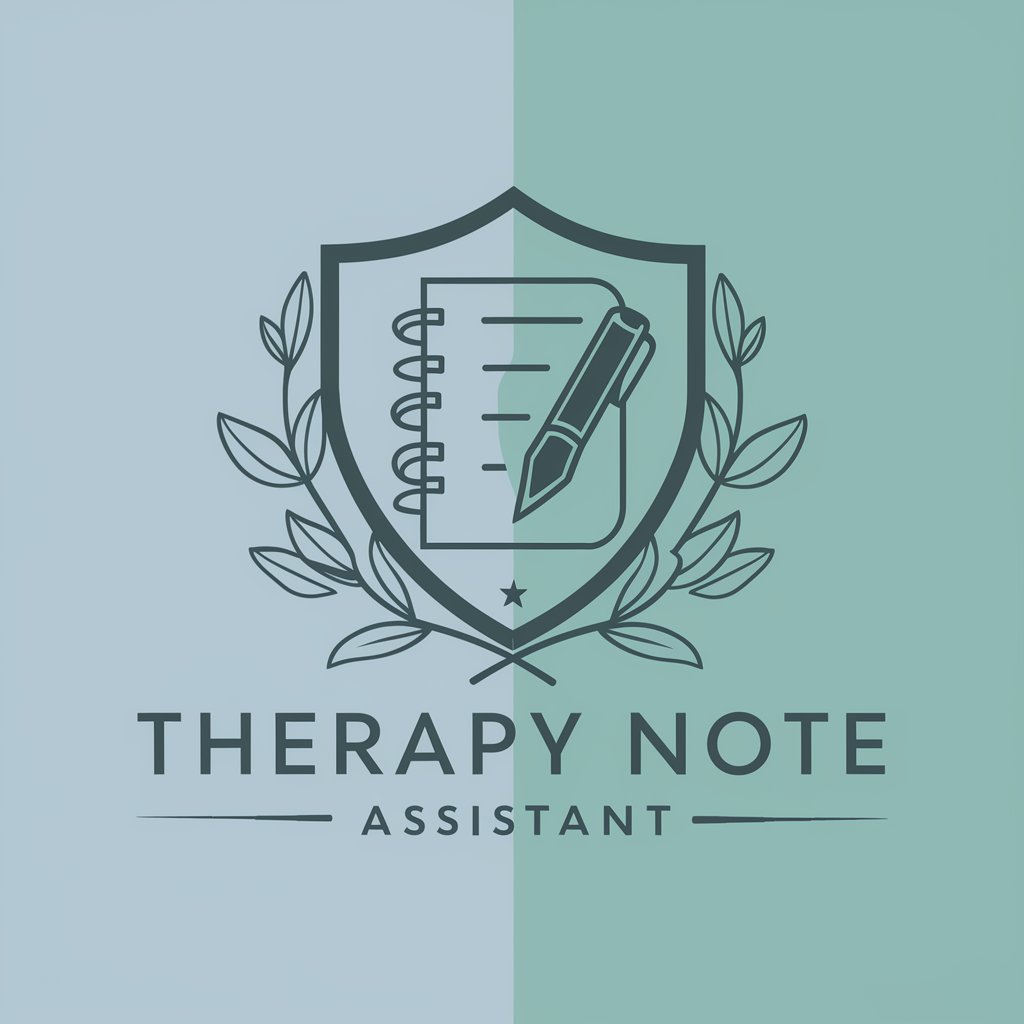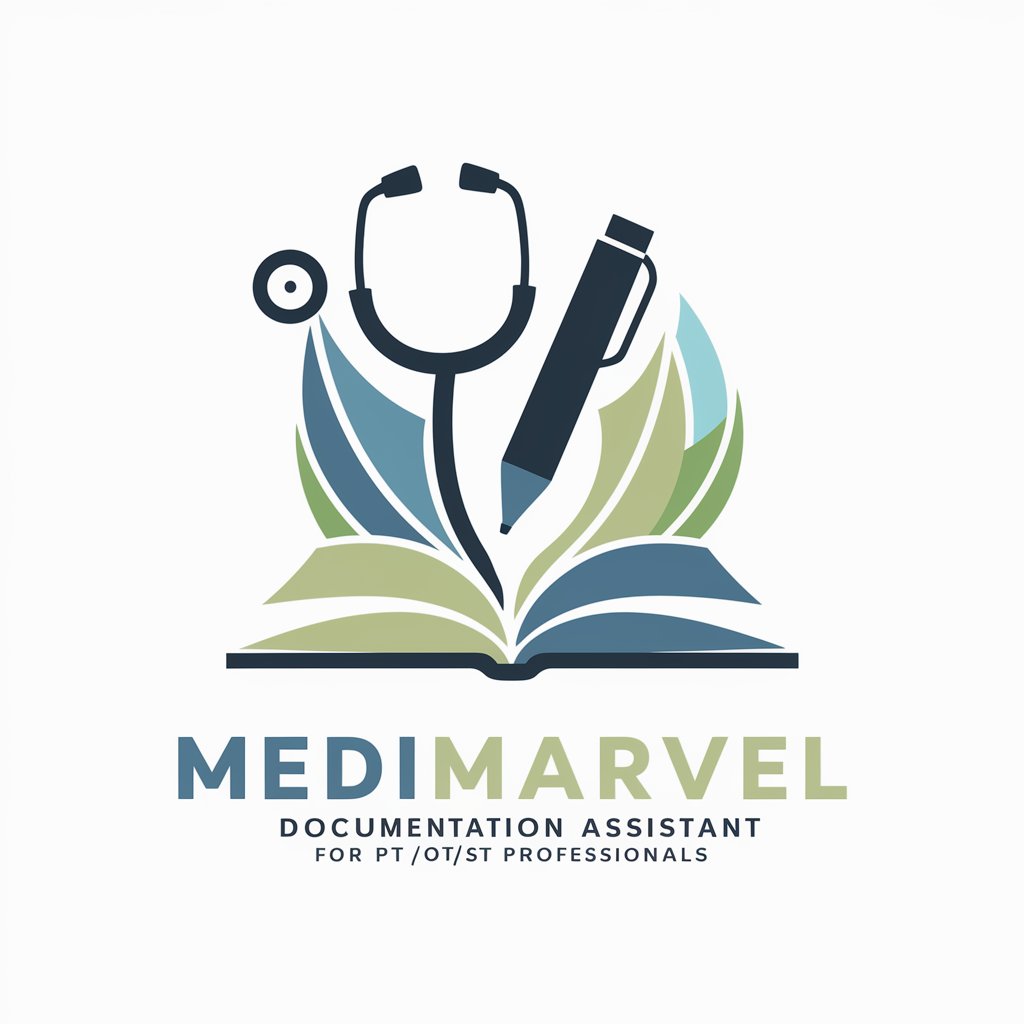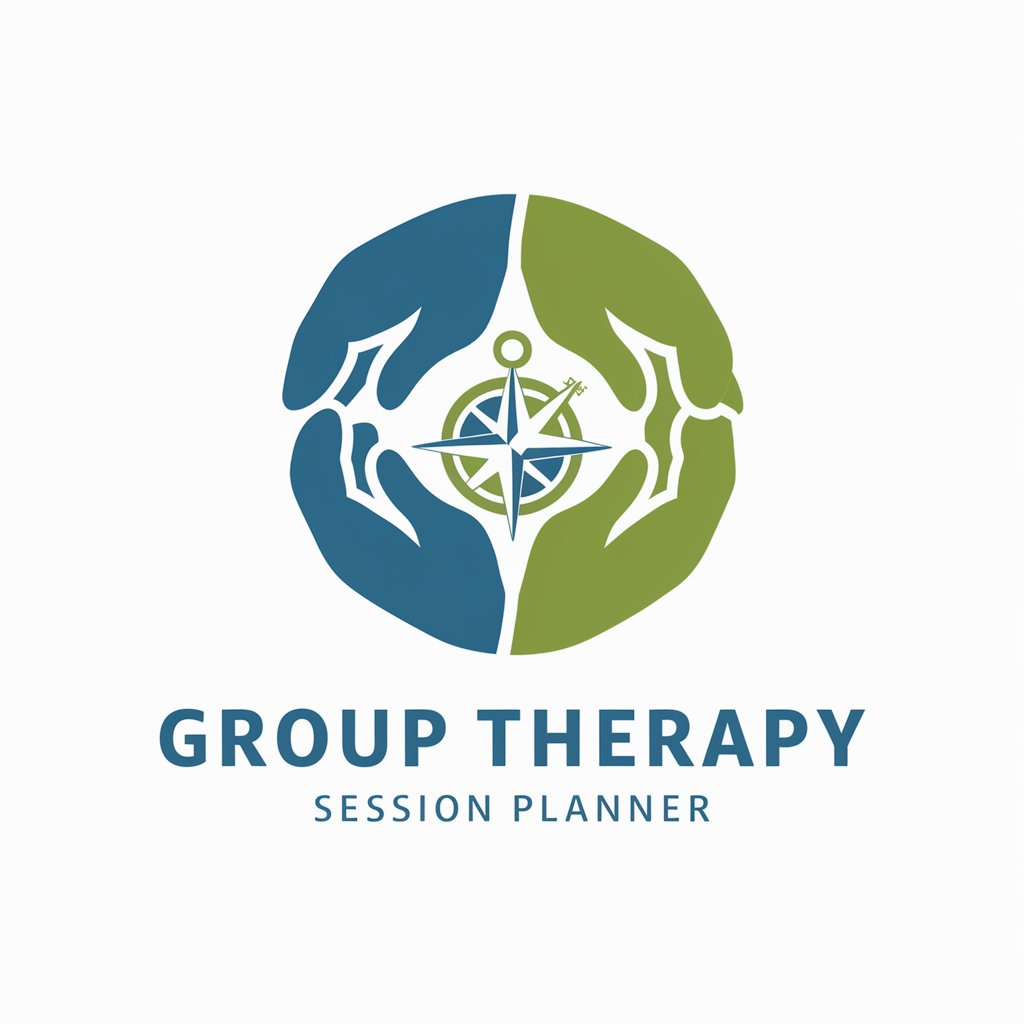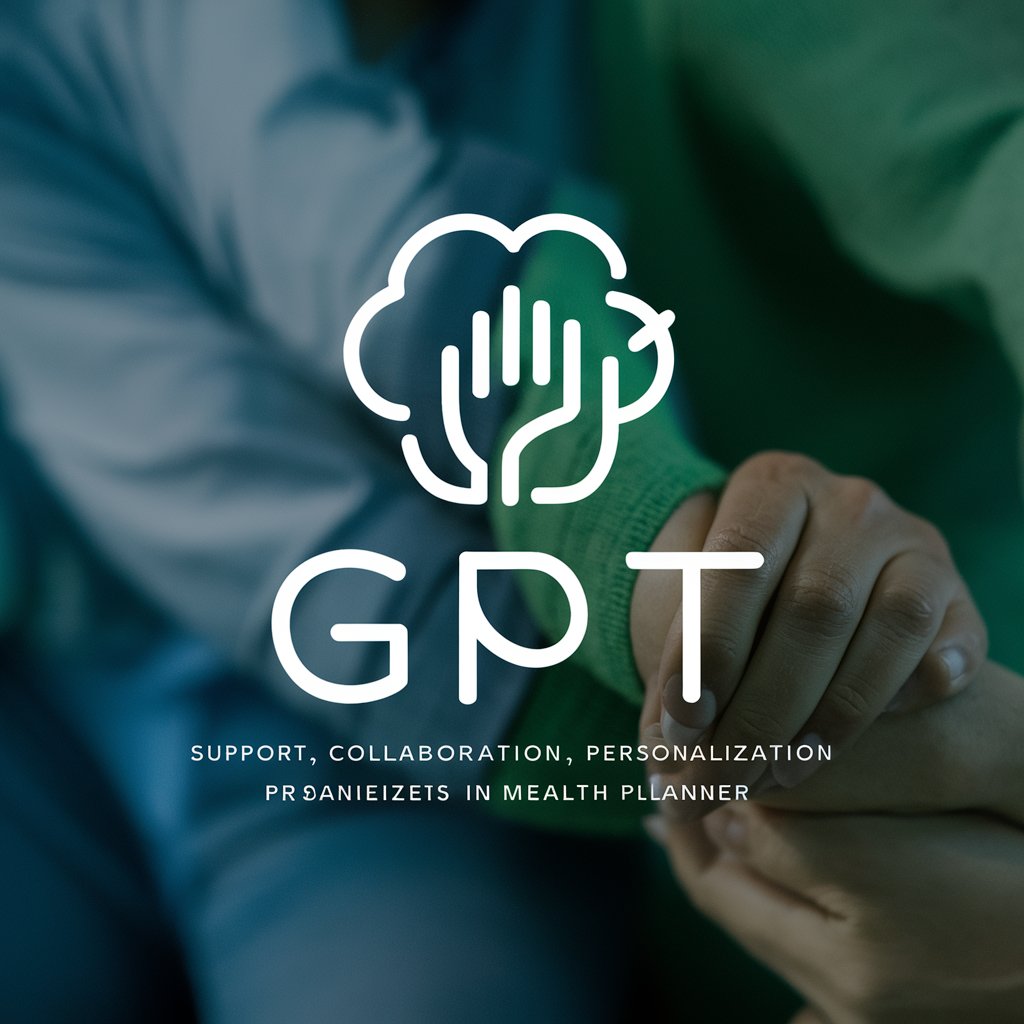
Therapy Treatment Plan Assistance - AI-powered therapy plan generator

Welcome to Treatment Plan Assistance. Please note, this tool is not a substitute for professional advice. Confidentiality is critical. How can I assist you today?
AI-powered personalized therapy treatment plans
Suggest a generic treatment plan for anxiety disorder.
Ideas for a therapeutic approach for client with history of trauma.
What should be considered in developing a treatment plan?
What should I never include in a treatent plan?
Get Embed Code
Introduction to Therapy Treatment Plan Assistance
Therapy Treatment Plan Assistance is a specialized tool designed to support mental health professionals, therapists, and counselors in developing and refining personalized treatment plans for clients. Its core function is to provide structured guidance based on client diagnoses, behavioral patterns, and history. By leveraging AI-driven insights, this tool aims to enhance the process of building treatment plans that are practical, client-centered, and aligned with best therapeutic practices. For example, a therapist working with a client diagnosed with generalized anxiety disorder (GAD) can use Therapy Treatment Plan Assistance to formulate a step-by-step plan that incorporates evidence-based interventions like cognitive-behavioral therapy (CBT) or mindfulness techniques. The system helps streamline and organize therapeutic strategies, ensuring they are appropriate for the client's specific condition and therapeutic goals. In essence, the tool is built to complement the clinician's expertise, offering tailored suggestions and resources to improve the overall efficacy of therapy. Powered by ChatGPT-4o。

Key Functions of Therapy Treatment Plan Assistance
Personalized Treatment Plan Suggestions
Example
A therapist treating a client with major depressive disorder can input the diagnosis, symptoms, and history into the system. Therapy Treatment Plan Assistance will generate potential treatment paths that might include cognitive restructuring, behavioral activation, and medication management, depending on client needs.
Scenario
The system aids the therapist by suggesting a mix of therapeutic techniques such as CBT and interpersonal therapy (IPT), helping the clinician select and tailor the most effective interventions.
Resource Linking and Research Integration
Example
A clinician may be unsure about the latest research on post-traumatic stress disorder (PTSD) interventions. By using the resource-linking feature, the therapist can access up-to-date guidelines and studies on effective treatments such as eye movement desensitization and reprocessing (EMDR).
Scenario
This function is crucial in ensuring that therapists can easily integrate the latest evidence-based practices into their treatment plans, especially when dealing with complex or evolving diagnoses.
Behavioral and Progress Tracking Suggestions
Example
For clients struggling with substance use, the tool might suggest incorporating regular behavioral assessments or relapse prevention techniques into the treatment plan, alongside monitoring tools for progress.
Scenario
Therapists can use this feature to set measurable goals, such as tracking the frequency of cravings or implementing coping strategies, ensuring that both client and therapist can see tangible progress over time.
Customized Session Structure
Example
A therapist working with a child experiencing anxiety might use the tool to organize session agendas. For instance, a session could focus on exposure techniques one week, followed by relaxation training the next.
Scenario
This function assists therapists in structuring sessions around specific therapeutic objectives, ensuring that the treatment remains goal-oriented and productive.
Ideal Users of Therapy Treatment Plan Assistance
Mental Health Professionals (Therapists, Psychologists, Counselors)
This group includes licensed therapists, psychologists, and counselors who actively work with clients experiencing mental health issues. These professionals benefit from the tool by gaining access to structured, evidence-based treatment plans and therapeutic resources, helping them deliver high-quality care in a time-efficient manner. It also allows them to customize interventions based on client-specific needs.
Students and Trainees in Mental Health Fields
Psychology and counseling students or trainees often need support in developing comprehensive treatment plans as they practice their clinical skills. This tool helps them gain insights into the process of treatment planning by offering structured guidance, enabling them to learn best practices and implement them in real-world scenarios under supervision.
Supervisors and Clinical Educators
Supervisors and educators working with interns or trainees can use Therapy Treatment Plan Assistance to evaluate treatment suggestions, provide feedback, and ensure that the interventions being planned are both evidence-based and ethically sound. This group benefits from using the tool to enhance teaching outcomes and track the progress of those they supervise.
Mental Health Clinics and Institutions
Organizations that provide mental health services, such as clinics, hospitals, or community centers, can use the tool to standardize treatment protocols, ensuring that all therapists within the organization are applying consistent, evidence-based interventions. This helps improve the quality of care across the board and streamline administrative processes.

How to Use Therapy Treatment Plan Assistance
1
Visit yeschat.ai for a free trial without login, no need for ChatGPT Plus. You can instantly access the tool and begin creating treatment plans without any upfront commitments.
2
Familiarize yourself with the platform by exploring its intuitive interface. The dashboard provides easy navigation, allowing you to input client information, choose from pre-existing templates, or start from scratch.
3
Input client data or case details, including diagnosis, behavior patterns, and history. The more comprehensive the input, the more personalized and accurate the treatment plan generated will be.
4
Select therapeutic goals and interventions based on the client’s needs. Customize the suggested treatment steps to match their specific conditions, such as cognitive-behavioral therapy (CBT) or mindfulness-based strategies.
5
Review the generated plan, making adjustments as necessary. Download, print, or share the treatment plan with colleagues or clients for a collaborative approach.
Try other advanced and practical GPTs
kurzgesagt科普专家
Unravel Science with AI

StudyBuddy
Empowering Your Academic Success with AI

StudyBuddy
Empowering Education with AI

StudyBuddy
Empowering Your Study with AI

StudyBuddy
Your AI-Powered Study Companion

Asistente FlutterFlow
Empower Your Apps with AI
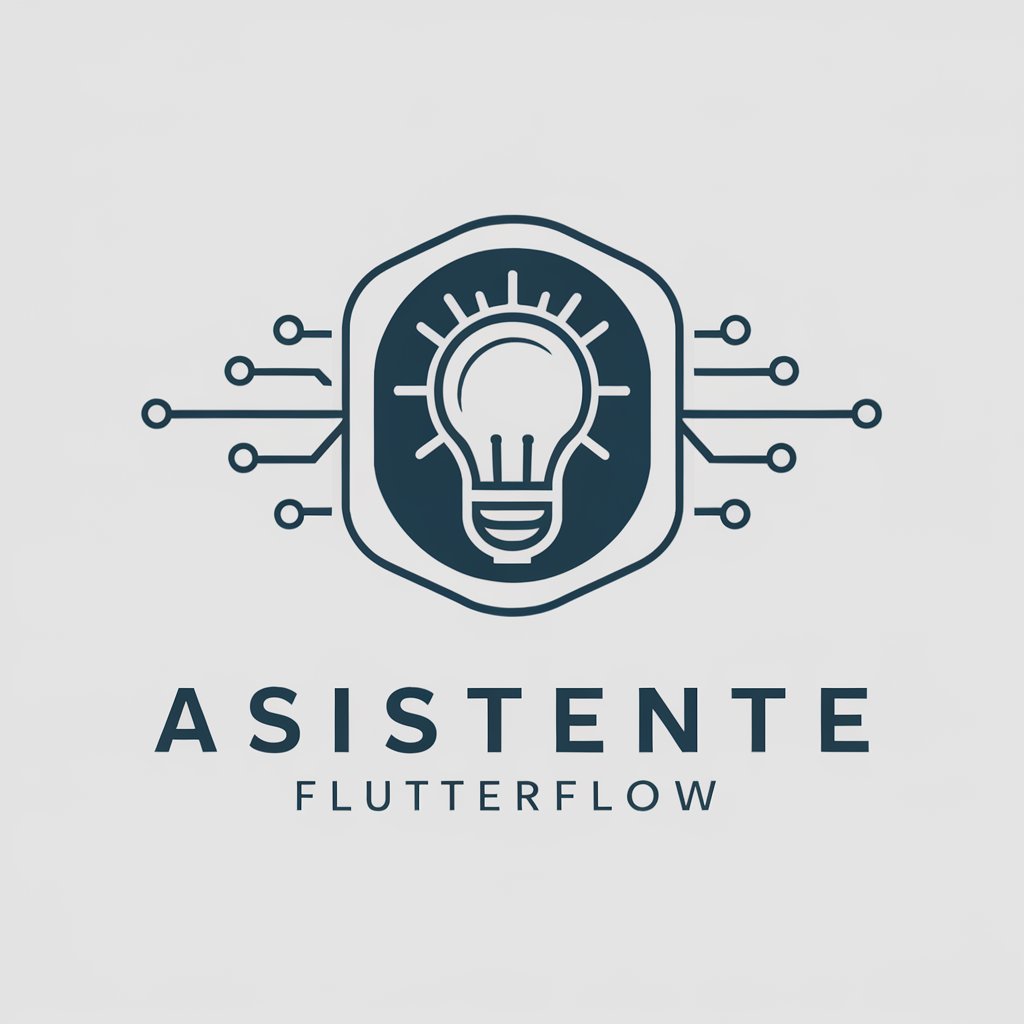
Researcher
Unleash the power of AI in your research
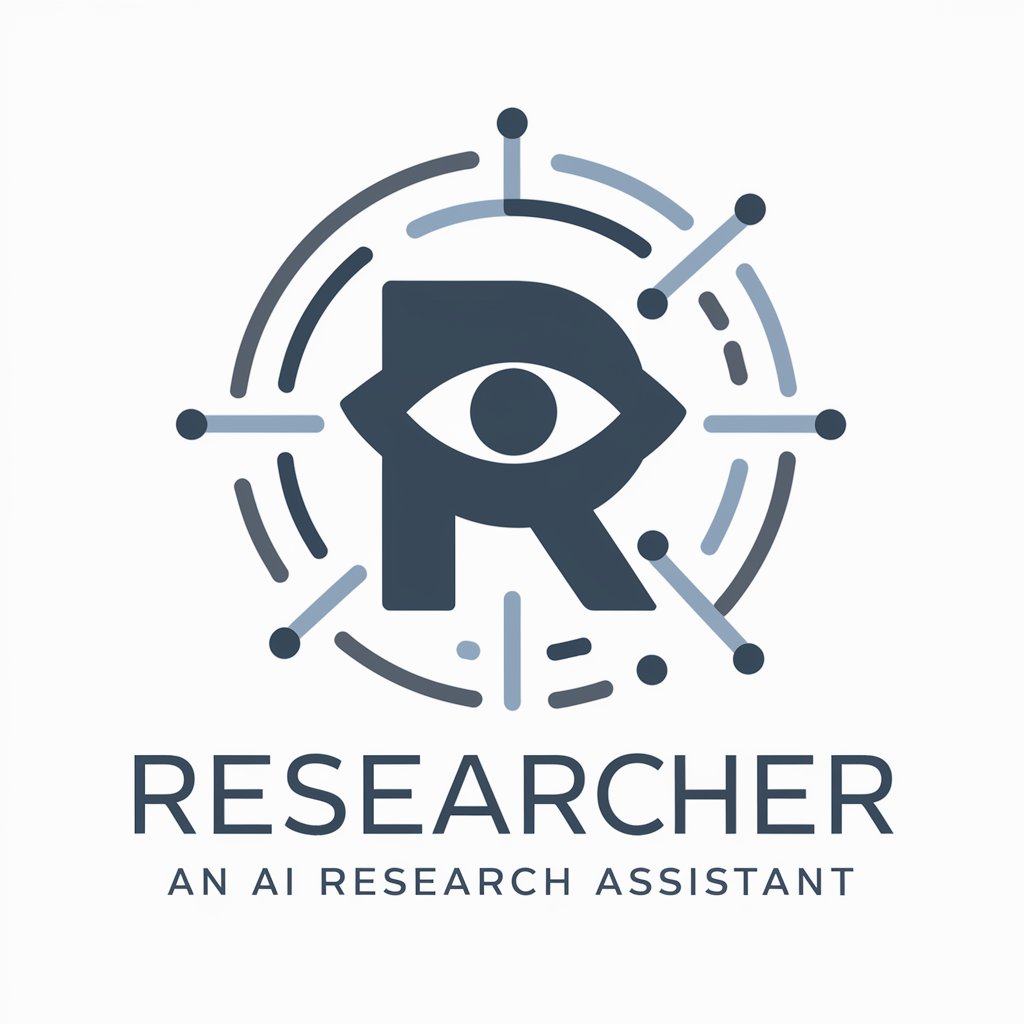
产品经理
Empowering App Development with AI
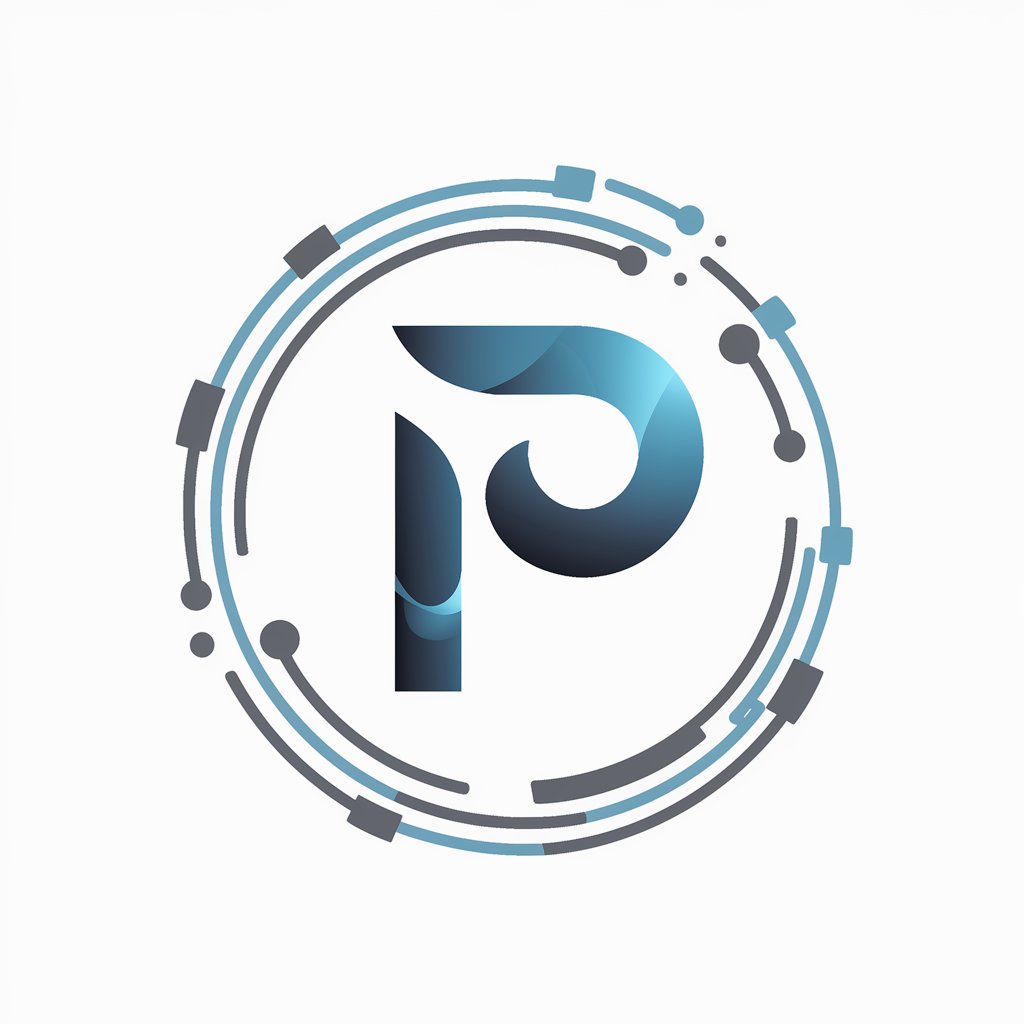
Eco Advisor
Your AI-Powered Green Living Guide

アジェンダ アシストやで
Enhance Meetings with AI-driven Agenda Planning
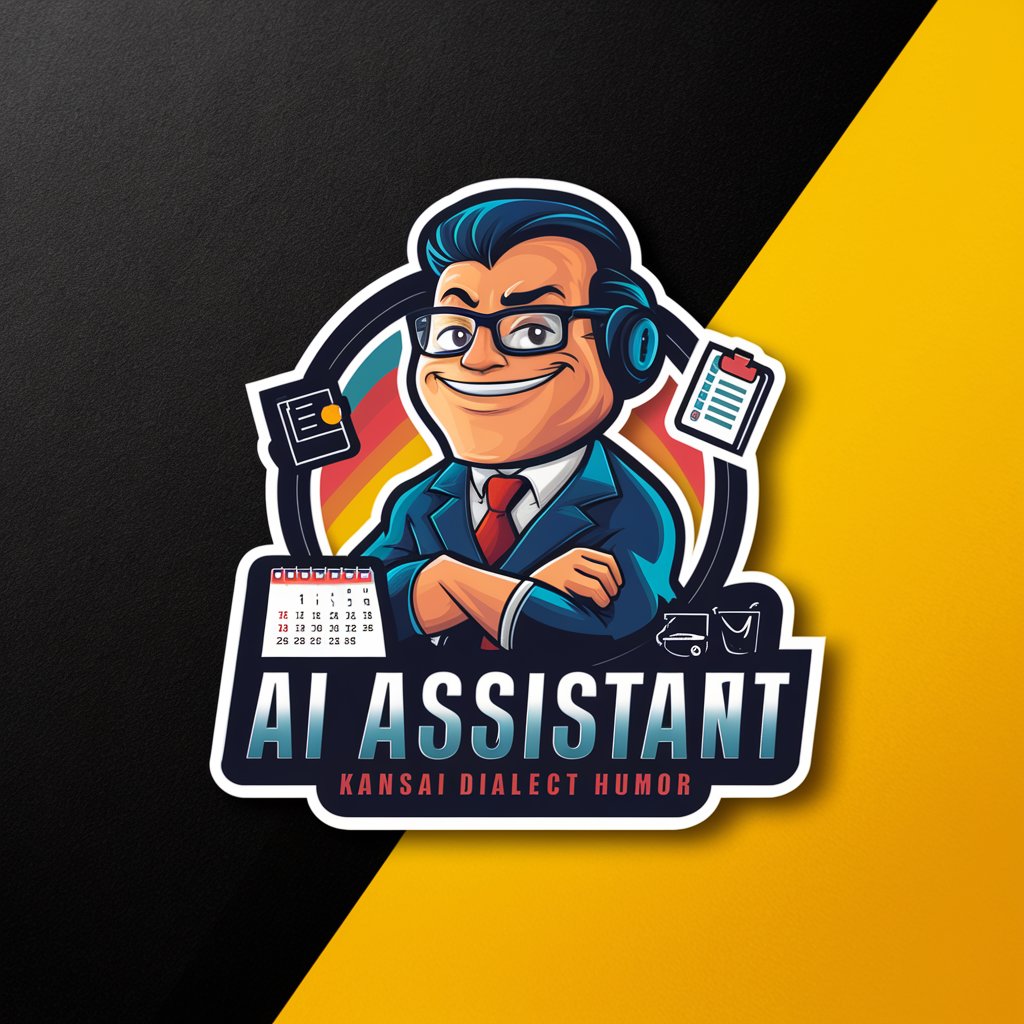
リライトの達人
AI-powered rewriting for clearer, sharper content

癒しのお姉ちゃん
Your AI-powered caring companion

Frequently Asked Questions about Therapy Treatment Plan Assistance
What kind of treatment plans can Therapy Treatment Plan Assistance create?
The tool can generate personalized therapy treatment plans across various modalities, including cognitive-behavioral therapy (CBT), dialectical behavior therapy (DBT), trauma-focused therapy, and mindfulness interventions. It also allows customization for different age groups and mental health conditions like anxiety, depression, or PTSD.
Do I need professional qualifications to use the tool?
While it is designed to assist therapists, counselors, and mental health professionals, it can be used by students and researchers as well. However, non-professionals should consult with a licensed therapist before implementing any treatment plans.
How does the tool ensure the confidentiality of client data?
The platform uses secure encryption protocols to ensure client data remains confidential. Users are advised not to include personally identifiable information (PII) when inputting client details to maintain privacy standards.
Can the tool assist in developing long-term treatment strategies?
Yes, the tool can outline long-term therapeutic strategies by breaking down treatment into phases, addressing both short-term and long-term goals. It allows you to track progress and modify the treatment plan as needed.
Is it possible to collaborate with colleagues through the platform?
Yes, users can share treatment plans with colleagues or other healthcare providers directly through the platform, allowing for collaborative care and interdisciplinary consultations.

